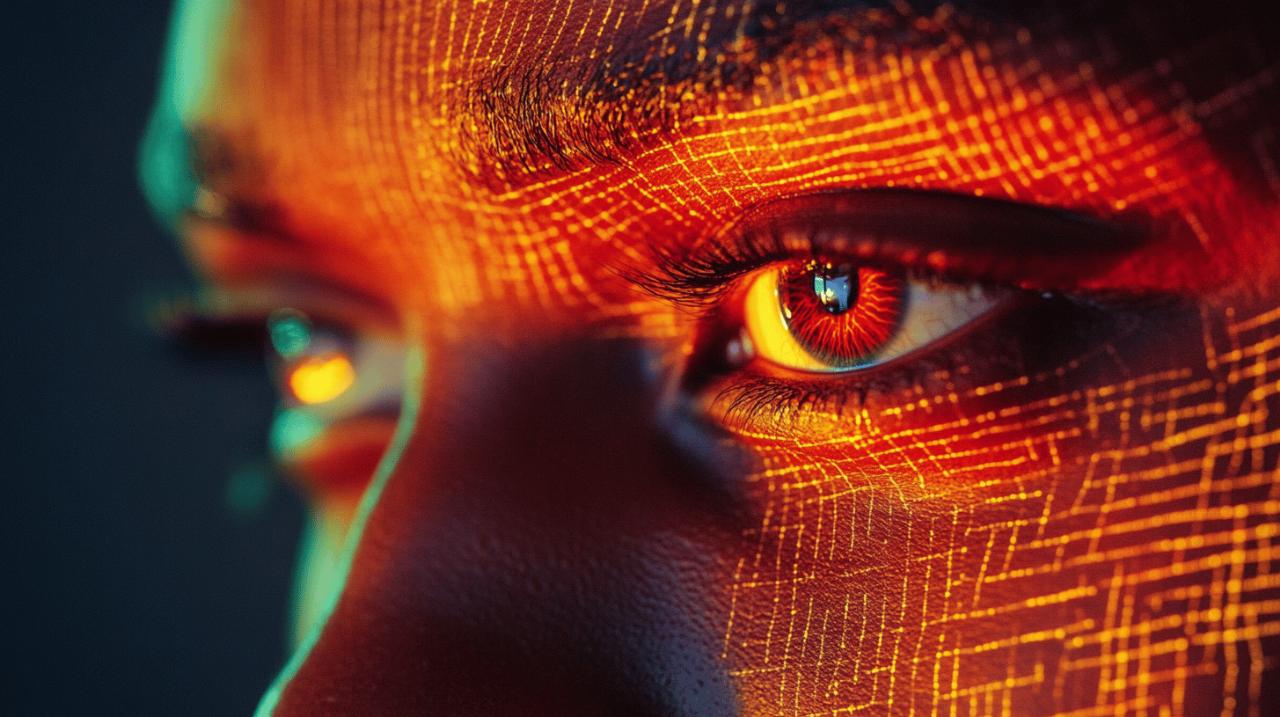Eye-tracking heat maps revolutionize how businesses analyze user interaction with their digital platforms, offering valuable insights into customer behavior that directly impact sales performance. These visual tools reveal precisely where visitors look on webpages, helping brands create more effective layouts that guide users toward conversion points.
Understanding eye-tracking heat map technology
Eye-tracking heat map technology provides businesses with visual representations of user attention patterns across digital interfaces. This data visualization method uses color gradients to indicate where users focus most frequently, with warmer colors showing high-interest areas and cooler colors displaying less-viewed regions.
The science behind visual attention patterns
Human visual attention follows predictable patterns when interacting with digital content. Research shows that users often scan web pages in an F-shaped pattern, prioritizing top sections and left-aligned content. This unconscious behavior stems from neurological processes that filter visual information based on contrast, movement, and relevance. Modern eye-tracking systems capture these micro-movements using specialized cameras or by analyzing mouse movements as proxies for visual attention. The resulting data helps brands understand which elements naturally draw attention and which get overlooked, learn more on https://puntolog.com/ where detailed case studies demonstrate how subtle design adjustments based on attention patterns can dramatically improve engagement metrics.
Types of heat maps and their specific applications
Different heat map varieties serve unique analytical purposes in conversion rate optimization. Click maps reveal where users interact most through clicks, helping optimize CTA placement – studies show clear CTAs can boost conversions by up to 97%. Scroll maps demonstrate how far users navigate down pages, identifying potential content drop-off points. Move heat maps track cursor movements across interfaces, while attention heat maps specifically visualize where users focus their gaze. Each type provides distinct insights: click maps optimize interactive elements, scroll maps improve content structure, move maps reveal hesitation points, and attention maps highlight which messaging resonates most strongly with visitors.
Implementing heat map insights for b2c revenue growth
 Eye-tracking heat maps represent a powerful visual tool for understanding customer behavior on B2C websites. These color-coded visualizations show exactly where visitors focus their attention, click, and scroll—revealing crucial insights that can transform conversion rates. By visualizing user engagement patterns, businesses gain data-driven direction for website optimization instead of relying on assumptions. With typical cart abandonment rates around 69.23%, according to Baymard Institute research, properly implemented heat map analysis offers significant revenue potential for online stores.
Eye-tracking heat maps represent a powerful visual tool for understanding customer behavior on B2C websites. These color-coded visualizations show exactly where visitors focus their attention, click, and scroll—revealing crucial insights that can transform conversion rates. By visualizing user engagement patterns, businesses gain data-driven direction for website optimization instead of relying on assumptions. With typical cart abandonment rates around 69.23%, according to Baymard Institute research, properly implemented heat map analysis offers significant revenue potential for online stores.
Optimizing product page layouts based on visual data
Product pages serve as critical conversion points in the B2C journey. Eye-tracking studies reveal that users often scan web pages in an F-shaped pattern, as documented by Nielsen Norman Group research. This knowledge allows businesses to strategically position key product information, benefits, and pricing within this natural visual flow. Heat map analysis identifies which page elements capture attention and which go unnoticed, enabling precise layout refinements. For maximum effectiveness, businesses should maintain simple, concise product descriptions focused on benefits rather than features, while incorporating high-quality images that align with visitor gaze patterns. Tools like Heatmap.com and Smartlook.com provide actionable visual data that, when combined with regular A/B testing, create continuously optimized product pages designed specifically around actual user behavior.
Strategic placement of CTAs using heat map intelligence
Call-to-action placement represents one of the most direct applications of heat map data for conversion improvement. Click maps reveal exactly where users interact most frequently, allowing businesses to position CTAs within natural engagement zones rather than areas of low interaction. The Content Marketing Institute found clear, strategically placed CTAs can increase conversions by up to 97%. Heat map analysis also helps identify visual distractions that might pull attention away from conversion elements. Blue, underlined CTAs can boost click-through rates by 42%, but their placement matters equally. By examining scroll maps alongside click patterns, businesses can determine optimal CTA timing and position throughout the user journey. Mobile-specific heat maps are particularly valuable given the growing dominance of smartphone shopping, revealing how touch patterns differ from desktop behaviors and enabling truly responsive design that converts across devices.
